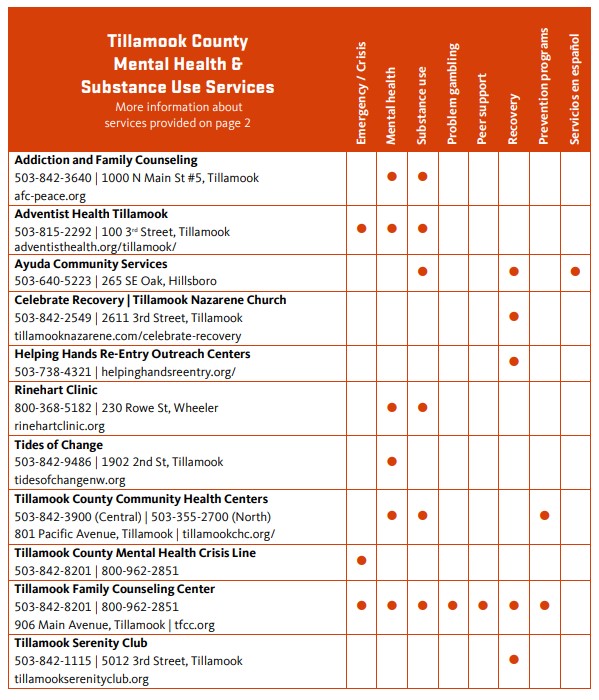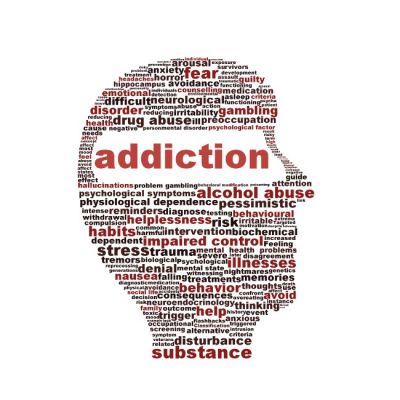EDITOR’S NOTE: As Mental Health Awareness month continues, here is the second part of Jan’s three-part series about Addiction. See below for link to the the first article. Also included are resources and information if you or someone you know needs help, there is hope.

By Jan Boal, RN
The stages of addiction can occur over a short period of time, a few months or years to develop depending on the substance, dosage and genetics. In general these are the stages that lead to addiction.
Initial use
Abuse – Taking substance when not really needed. Overuse.
Tolerance- Able to tolerate higher doses due to build up in system, effect no longer effective at lower doses.
Dependence – A physical dependence. The body will go through withdrawals without it. This is not always due to an over use but due to long term use as in pain medications after extensive surgery, severe accidents.
Addiction – A change in behavior caused by the biochemical changes in the brain from extended use of the substance. This is exhibited by use of the substance is the main priority despite harm they may cause themselves or others. Irrational actions when they do not have the addicted substance in their body.
Opiates, alcohol, stimulants and cannabis are not the only addictions that plague our society. Some addictions are more socially acceptable as with, smoking, gambling, shopping, internet use, food, caffeine/energy drinks and work. There are some that are not socially acceptable as in sex and porn addiction. Too much of anything is not good for us. Each of these as well as the fore mentioned intoxicants all cause withdrawal effects in the brain. Remember the feel good drug, dopamine, I wrote about in part 1.
This neurotransmitter rewards us with an extra happy dose for engaging in these activities. Thus leading to a withdrawal effect when we don’t get our “fix.” It is all we (our brain) can think about, becoming anxious, irritable, difficulty staying focused, staying on task, to name just a few of the withdrawal symptoms.
Here is a list of some addictions and their acute withdrawal time frame when abruptly stopped.
Alcohol – 5 – 7 days; anxiety, tremors, sweating, nausea, increase heart rate and blood pressure, hallucinations, delirium tremens.
Benzodiazepines – 1 – 4 weeks; anxiety, irritability, sleep disturbance, panic attacks, headache, hand tremors, difficulty concentrating.
Cannabis – 1 – 5 days; headache, irritability, sleep disturbance.
Nicotine – 2 – 4 weeks; Cravings, irritability, rage, depression, headache, dizziness.
Opioids – 4 – 10 days; Irritability, anxiety, fatigue, insomnia, muscle aches, nausea/vomiting/diarrhea.
Methadone – 14- 21 days; same as opioids
Stimulants – 1 – 2 weeks; depression, excessive sleeping, increase appetite, anxiety, slow thoughts, slow or lack of movement.
Withdrawing can often feel like one is dying or wishing to die due to how bad they feel. Most of the time one does not die from withdrawing but it can happen. The most dangerous substances to withdraw from after chronic use are benzodiazepines and alcohol. With benzodiazepines there is a greater risk of grand mal seizures as well an increase risk in suicidality. Alcohol can also cause seizures that can lead to death.
Withdrawal from these two substances should be monitored by medical professionals whether in an inpatient setting or outpatient depending upon severity of symptoms.
Often those withdrawing tell themselves “I just need a little (choice of substance) to get me through. Then I will get help, taper down. I won’t use again.” This is what addicts tell themselves over and over. Why they have such a hard time getting well. The self loathing for not getting themselves well. This pattern repeats and repeats itself in part because the brain is craving for it’s fix. It is a revolving door for the addict.
We have witnessed in this country the rise in opiate overdose related deaths. This is partly due to often when an addict quits or is without for a while, as like if in jail, then reuses, it is often at a dosage they had become accustomed to and tolerated. However after non use of the substance, this dose is too much and they overdose caused by the inability of the brain to signal the body to breath. The brain stem becomes so lethargic it
cannot release trigger mechanism to other parts of the body. Another rise in cause for opiate overdose is the product is not regulated so there are inconsistencies in dosage of the actual opiate. Or it is cut with another drug that is even more lethal, as in the case with fentanyl. This drug has a shorter acting life than other opiates therefore the high does not last as long, resulting in an increase need for more. Thus, resulting in addiction happening much quicker. Fentanyl is extremely dangerous due to it’s high opiate content resulting in accidental overdose. In most cases accidental overdose is the cause of death in opiate addicts.
Part 3 I will share what signs to look for in overuse or addiction as well as recovery.
The effects on families and communities. How our responses can help the addict as opposed to shaming them.
If you liked what you read or have questions please contact me at janboalrn@gmail.com or check out janboal.com for holistic care services.



